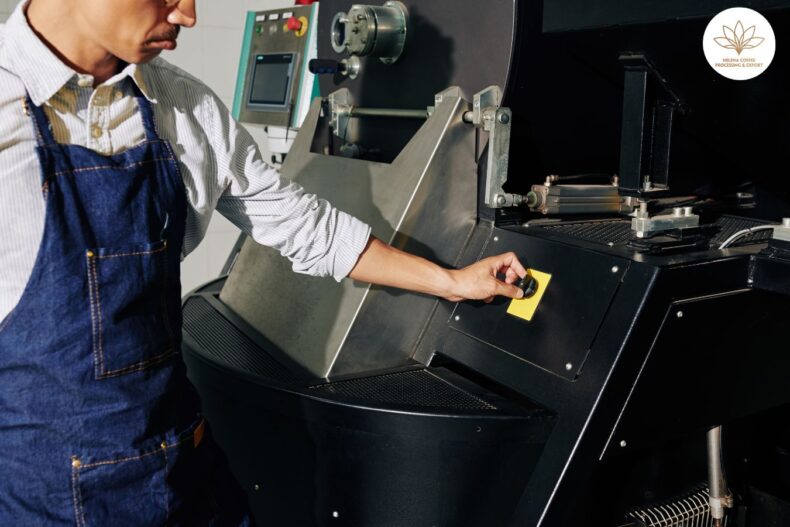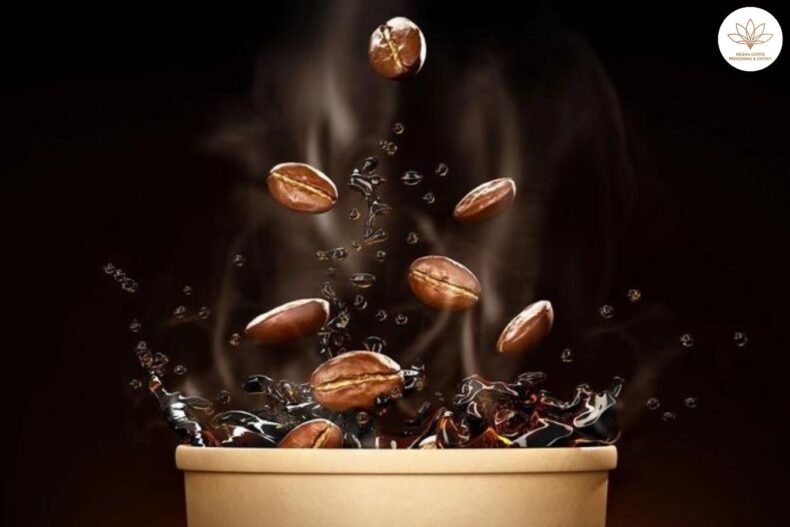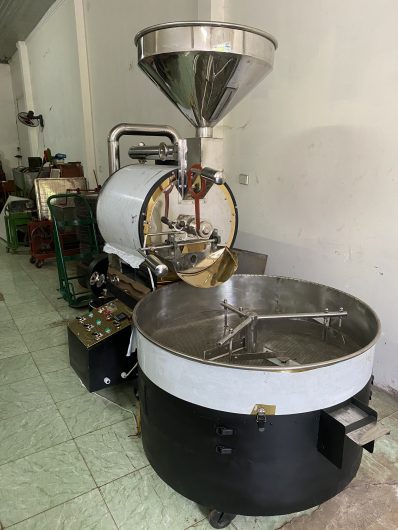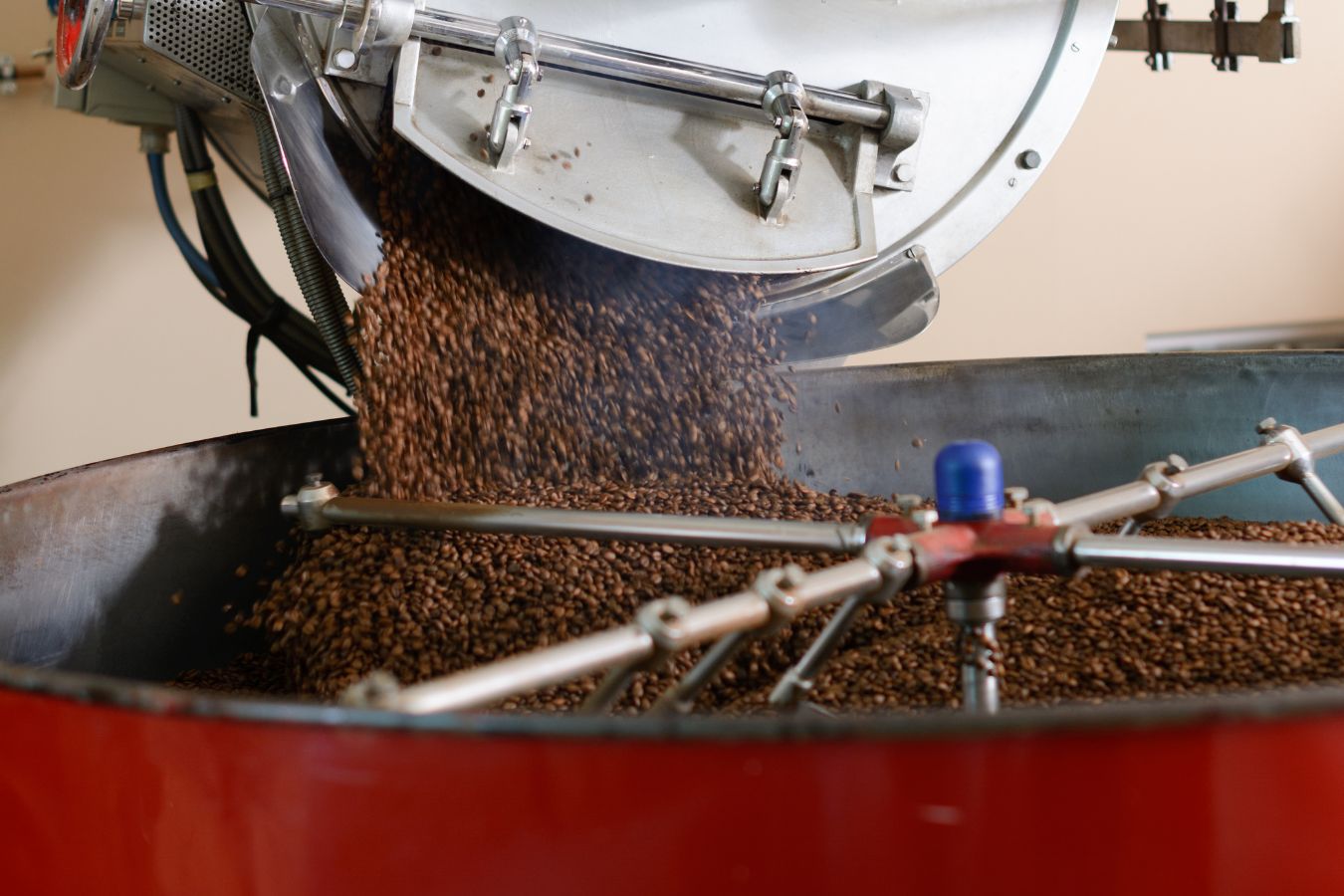
Different Heats In Coffee Roasters: Coffee roasting is heat management aimed at changing the physical and chemical composition of the coffee beans.
There are different types of heat generated during roasting and their continuous changes during roasting. In this analysis, Helena will help you understand different types of heat while the coffee roaster operates.
Key types of heat in coffee roofing machine
There are three ways of heat transfer:
Heat conduction in coffee roasters
Conduction of heat by a conductor is called straightforward: it is the transfer of heat between two objects that are directly touching each other. You touch something hot that leaves a heat source and burns your hand; that’s heat transfer.
During coffee roasting, this heat transfer occurs when any heating element (e.g. flame) touches the drum, when the coffee beans come into contact with the surface of the drum. The swingarm or faceplate and even when the beans touch each other inside the roaster.
Convection heat in coffee roasting
Convection heat is the transfer of heat through a liquid or gas. When you open a hot roaster and feel the hot air hitting your face, that’s convection heat.
There are two types of convection: natural and forced. Natural convection is the tendency of hot air to rise and cold air to decrease. Forced convection is the force of air through a fan or pumps to transfer heat.
Every roaster uses a fan to some degree to draw air through the roaster. However, natural convection also occurs to a certain extent in drum roasters. The air above the barrel will then tend to be warmer than the air near the bottom.
Heat radiation in coffee roasters
Thermal radiation is the release of energy through electromagnetic radiation due to the motion and rotation of molecules and atoms. Perhaps the most famous example of thermal radiation is the sun’s heat traveling through space’s vacuum to heat the earth.
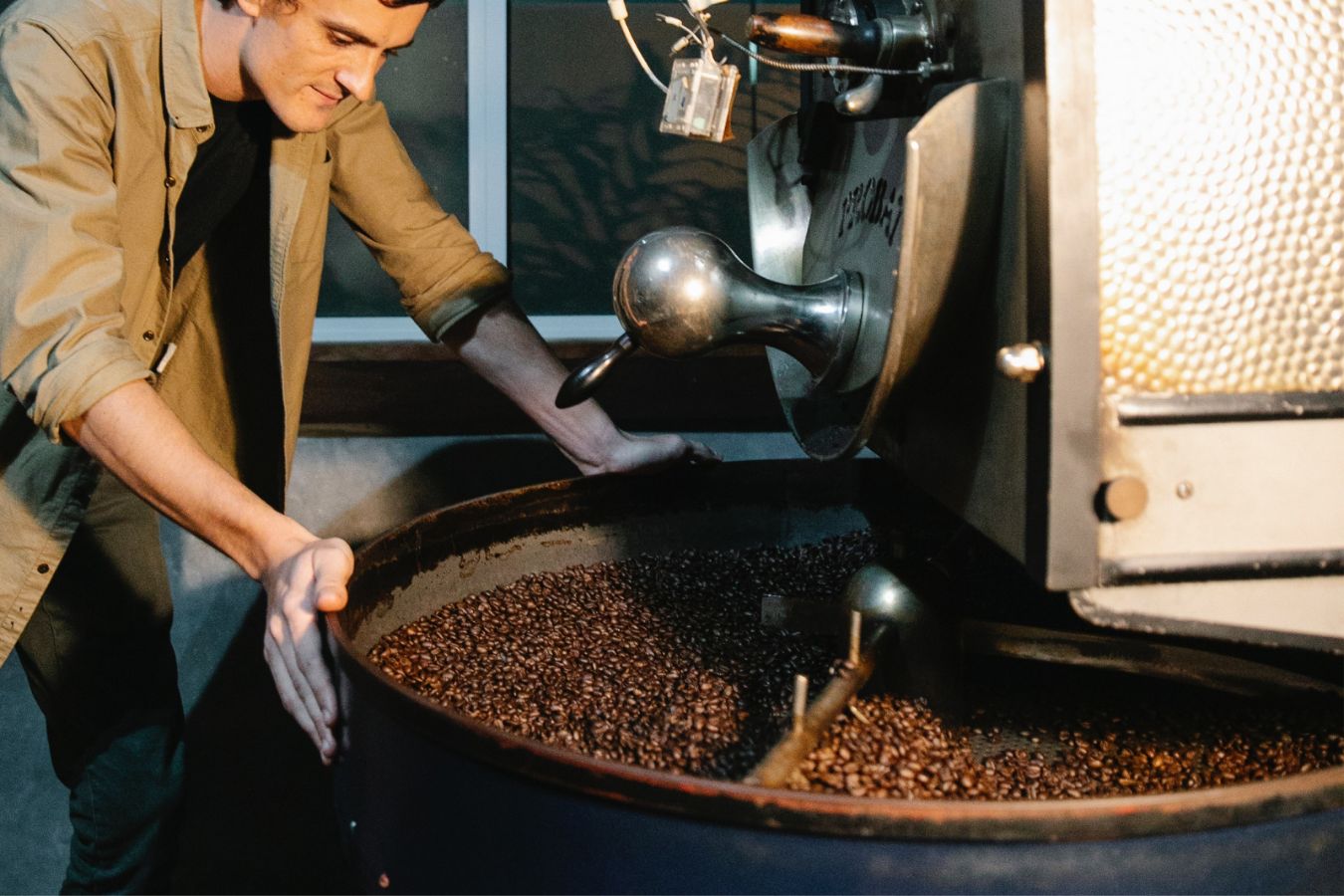
Current technology makes the heat released challenging to measure and almost impossible to control during the roasting process. Even the roasters are equipped with infrared burners.
It also uses infrared heat to heat the roasting drum (conduction) and the air (convection) rather than using radiant heat directly. Therefore, when it comes to radiation, it’s best to acknowledge it to some extent.
How different types of heat affect the rocking process
Your roasting style and equipment will determine how you use conduction and convection. Each machine will use heat transfer and convection to different degrees. Gives you varying degrees of control over them. However, there are certain variables that you can always take into account:
Charge Temperature
For drum roasters, this is the amount of heat that you can store in your drum. If you want a coffee with a floral and fruity aroma. You have to apply a large amount of heat at the beginning.
Roast volume
At a certain stage in the coffee roasting process. C? Green coffee becomes its own heat conduction source. This means that a large batch of roasts will carry more heat and be less reactive. To effect temperature changes in a roast, you will need more heat energy.
This isn’t necessarily a drawback: a slightly larger batch volume can be easier to roast. While the batch volume is small, the heat can be easily adjusted. In conclusion, large batch batches will require more heat to start. But at the end of the roasting process, it will also be a significant source of electrically conductive energy.
The roaster roasts no more than 75 – 80% of the roaster’s capacity suggested by the manufacturer. For example, when your machine capacity is 60kg/batch, an actual roasting batch should not exceed 80% of 60kg.
Airflow in the roasting drum
The airflow in the roasting drum is not directly correlated with the amount of convective heat. When the coffee beans participate in the Maillard reaction and then caramelize before the first crack stage, they release water and carbon dioxide, and the released water has a cooling effect on the air inside the drum.
That’s why if you leave your roaster at a fixed temperature and medium to low airflow. You’ll notice your rise rate drops slightly between 310°F / 155°C and 360°F / 182°C. Opening up your airflow a bit at these times will speed up the roast. The increased airflow will drain moisture from the drum, keeping it hot.
On the contrary, when approaching the first crack stage. You can lower the flame and close the airflow to preserve convection heat. However, depending on the characteristics of the coffee, you may need to open it again at the first crack stage.
So depending on where you are roasting, the airflow affects the convection heat differently. In addition, you also need a minimum amount of air to pull the smoke out of the roasting drum.
Drum speed
For roasters with variable drum speed settings. Increasing the drum speed means lifting the beans into the hot air that accumulates at the top of the drum. Increases their exposure to convection heat. As with charge temperature and batch weight, getting too high or too low can cause problems.
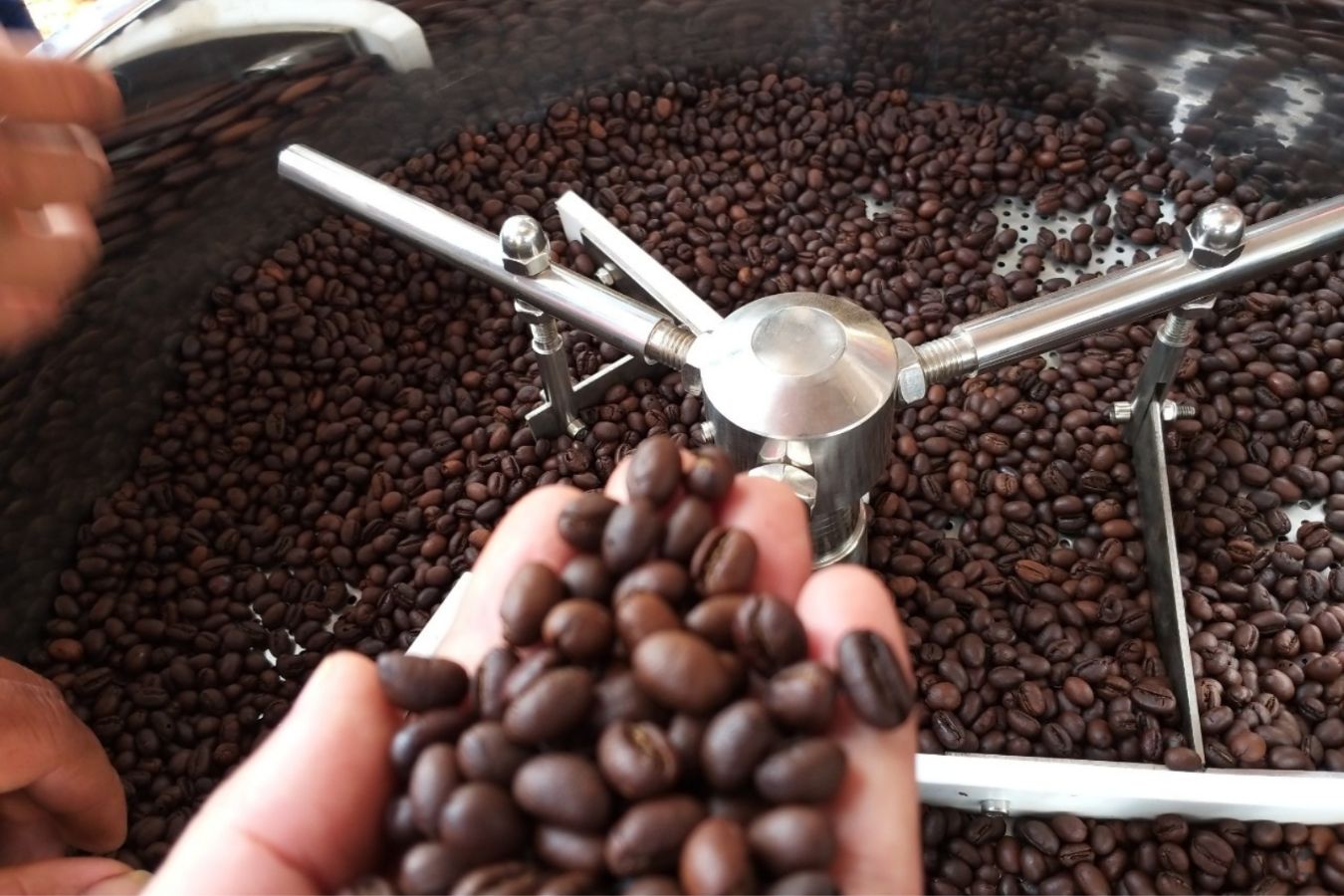
The coffee roast will likely be uneven if your drum speed is too high. And since the cellulose is corroded through pyrolysis, it will damage and break the beans before you even get them out of the roaster.
If the drum speed is too slow, you will use more heat to transfer. At this point, the green coffee will have longer contact with the drum wall. This leads to the coffee being likely to be scorched or scorched.
Different types of heat in a drum roaster
Although we have considered the heat transfer factor that affects the roasting process, but it’s important to remember that each machine is structured differently. Let’s take a look at the parts of a common drum roaster. How different types of heat can work.
The heat of the roasting drum
Several factors affect heat retention in the roasting drum. Most modern roaster manufacturers make roasting drums from steel. It can be holeless or perforated. In the case of punching, the heat transfer in the drum is much worse which will affect the roasting process. The thickness of the drum also plays a big role in heat retention.
The more heat your drum can store, the more lag there will be when you adjust the heat in the roaster. Your roaster can be made to be very responsive (poor heat retention is not a drawback) or very stable (good heat retention).
It may take some time to get used to the new roaster. But if you are an experienced coffee roaster, you will be able to adjust the coffee depending on the roaster.
Ventilators
This is the main part of the roaster to control the convection heat flows. Some of the larger roasters are designed with a damper on the exhaust manifold that isn’t actually adjusted during roasting.
The idea is to set it to the proper setting and use the flame height to create variations in the roasting process. Whatever your approach is towards airflow during roasting. Regular maintenance and cleaning are important to maintain proper airflow (and avoid oven fires).
Cooling tray
Don’t forget that the cooling tray is another mechanism of convection heat transfer. This time it’s heated from the beans to cooler air. The faster the coffee is cooled, the better it tastes.
Thermocouples
Measuring and monitoring heat is key to a consistent and delicious roast. You must ensure that you clean and maintain clean, adequately sized probes/thermocouples. If the temperature probe is too thick, it will not be accurate. Too thin and possibly too sensitive to ambient heat.
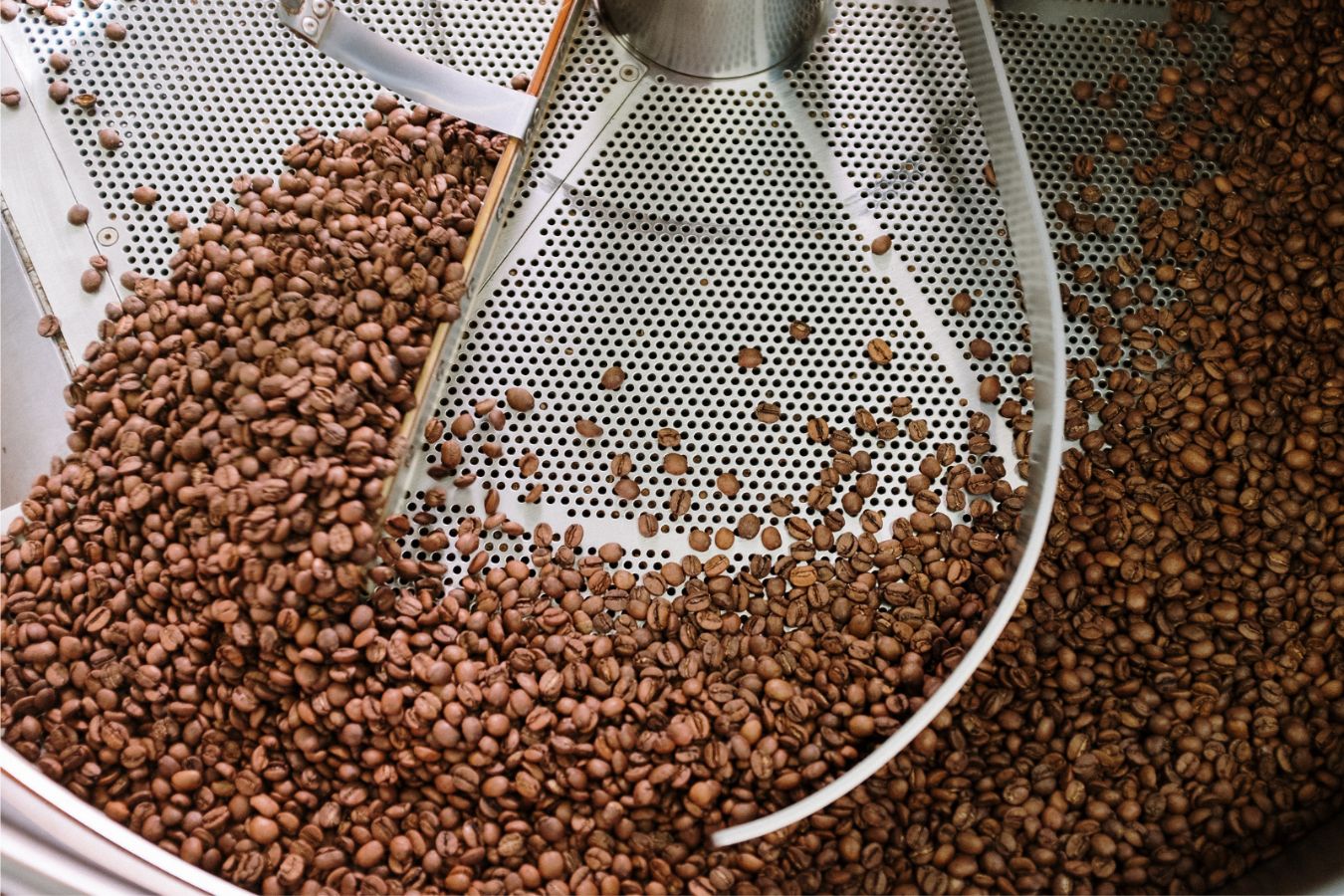
If you only have one probe, it should be positioned completely within the moving batch of coffee. If you have two probes, you need to place the probe near the exhaust at the top of your roaster. When there are two heat probes, it will be possible to know how the convection heat in the roasting drum is for time adjustment.
There are other places you can put additional probes. However, no probe placement will give you convective or convective heat. For this reason, you need to understand what the heat of the probe you are measuring is.
Learn how to use thermal control & control in a coffee roller
Although only two types of heat can be controlled during roasting, interacting, managing, and measuring them is a bit complicated. If you are a beginner roaster, you must thoroughly learn these two types of heat.
Make sure you know your device. As we have seen, heat retention and transfer are affected by all the components in the design of the roaster. Once you get used to how a roaster works, you can better understand how it works. Also, keep the thermometer clean and well-maintained. This will affect your heat transfer.
Second, try to adjust for as few variables as possible. Controlling fewer variables (by not changing the batch weight or feed temperature…) can better understand how heat builds up and changes during roasting.

On the other hand, the constant airflow and burner adjustments make it hard to understand what’s going on during the roasting process. Trying to change variables you don’t understand is like walking at night without lights.
Stick to some of the parameters. Then, when you feel you’ve got them all figured out, you can start making other adjustments.
I hope you have more knowledge about the heat when roasting coffee. To have more coffee roasting experience, produce more delicious batches of coffee. If you have any questions or comments about the article, you can leave a comment.
